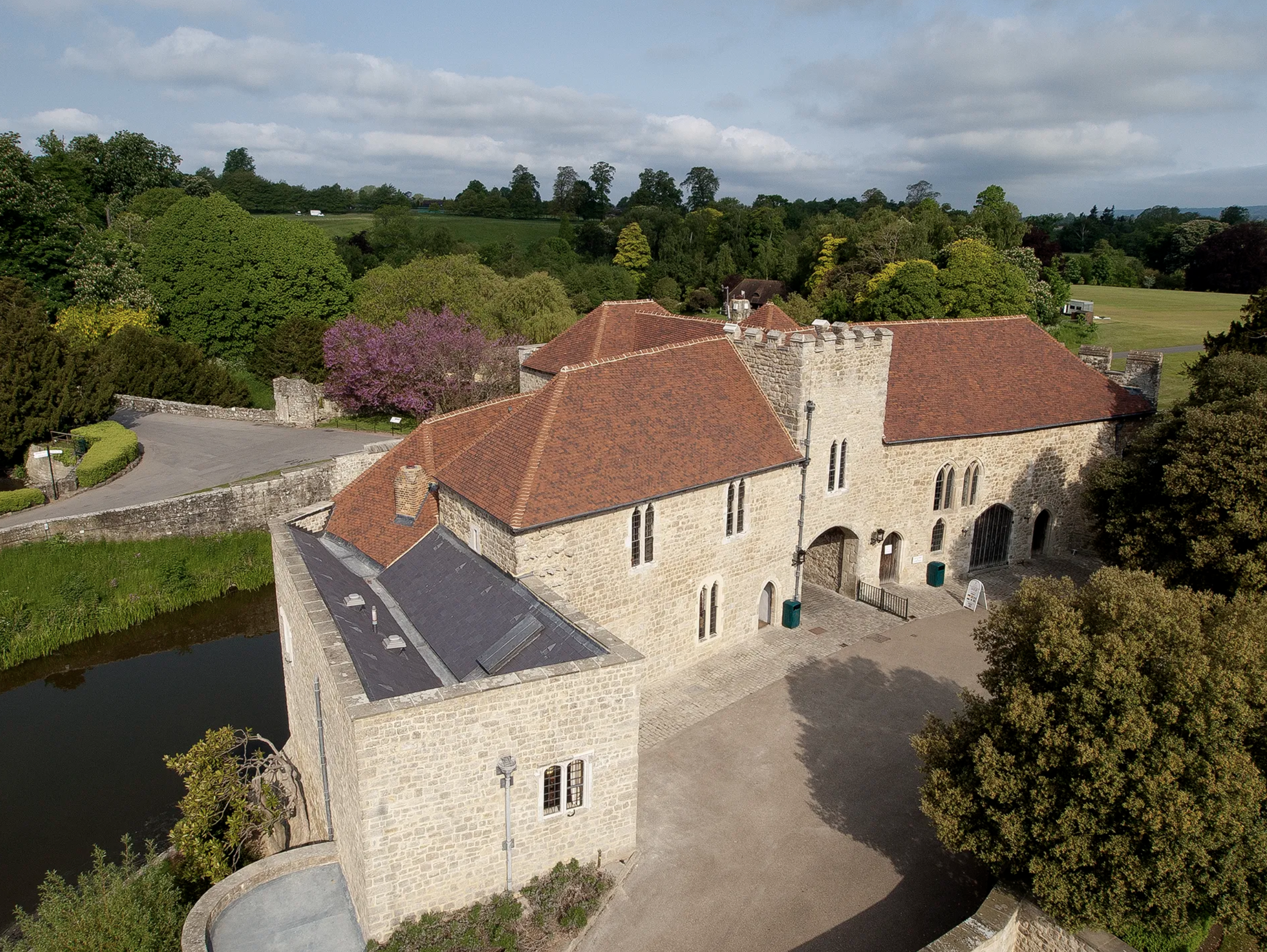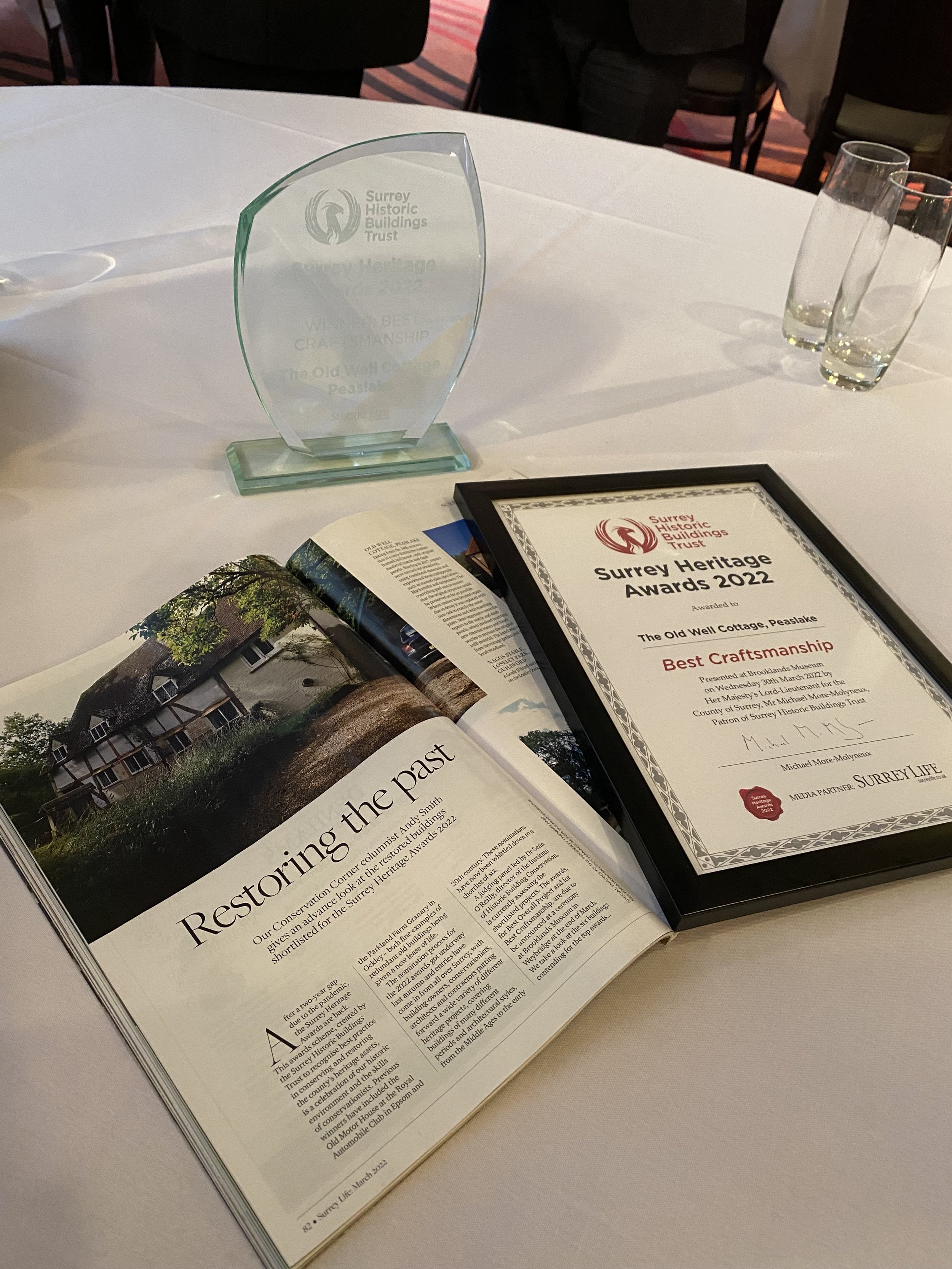The United Kingdom boasts a wealth of historic buildings that weave the fabric of its rich cultural tapestry. Preserving these architectural gems requires more than admiration; it demands a commitment to thoughtful and regular maintenance. In this blog post, we delve into the significance of historic building maintenance and the key practices that contribute to the longevity of these cherished structures.
1. Understanding the Importance of Maintenance
Historic buildings, whether centuries-old castles or Victorian townhouses, require ongoing care to protect them from the ravages of time and environmental factors. Maintenance is not merely about aesthetics; it is a proactive measure to safeguard the structural integrity and historical significance of these landmarks.
2. Regular Inspections and Assessments
The first step in effective maintenance is conducting regular inspections and assessments. Engage professionals like us with expertise in historic preservation to evaluate the building's condition. Identify potential issues such as dampness, decay, or structural vulnerabilities early on.
HBCandR conducts surveys for heritage and listed buildings throughout the U.K.
3. Conservation and Restoration
Conservation goes hand in hand with maintenance. It involves carefully preserving and protecting the original materials and features of a historic building. Restoration, on the other hand, focuses on returning a building to its original state. Both processes require skilled craftsmen and women like ourselves, fully trained in methods, materials, and best practices. It also requires a truly meticulous approach and real love of the work to fully ensure authenticity.
4. Striking a Balance: Allowing Historic Buildings to Breathe
The UK's climate, marked by rain and fluctuating temperatures, poses unique challenges to historic buildings. It's vital to strike a delicate balance when implementing protective measures. While safeguarding against the elements, it's equally important to allow the historic building to "breathe." Preventing the trapping of moisture is paramount, as it can lead to more severe damage over time. Collaborate with us, our expert team of conservationists, to select protective measures that ensure adequate ventilation and moisture control, preserving the building's integrity for the long term.
5. Professional Expertise and Collaboration
Maintaining historic buildings is a specialized field that demands expertise in conservation architecture, structural engineering, and traditional craftsmanship. Collaborate with our professionals who truly understand the intricacies of historical preservation to ensure that all maintenance efforts align with the building's heritage and are aimed at preserving the buildings for generations to come.
6. Community Engagement
The preservation of historic buildings often involves the broader community. Engage with local residents, heritage organizations, and authorities. Foster a sense of shared responsibility for these landmarks, and encourage community participation in events and fundraising efforts dedicated to correct maintenance.
Communities can often come together to produce wonderful results, as seen in our listed buildings blog post, when a community comes together, funds can be raised and large grants can be accessed to carry out necessary and even emergency repairs.
7. Adaptation for Modern Use
While maintaining historical integrity, consider adapting the building for modern use. This could involve incorporating energy-efficient systems, accessibility features, or repurposing spaces to meet contemporary needs. It’s important to strike a balance between preservation and functionality ensures the building remains relevant. True listed and heritage buildings do have limitations on what levels of adaptive reuse might be allowed, however, if you’re building is not listed, there are still small steps you can take to ensure the buildings can shift, adapt and reform to modern life without impeding it.
Talk to us if you’re concerned about concepts like ‘aging in place’ or other constraints of working around your historic building whilst still fully respecting it’s value to the nations history.
Conclusion: A Legacy for Future Generations
Historic building maintenance is not just about the present; it's an investment in the future. By prioritizing regular upkeep, conservation, and community involvement, we contribute to the preservation of our shared heritage. Each maintenance effort is a pledge to pass down these architectural marvels to future generations, allowing them to continue telling the stories of our past.
In the intricate dance between time and architecture, maintenance emerges as the guardian, ensuring that the echoes of history resonate through the corridors of our beloved historic buildings.










